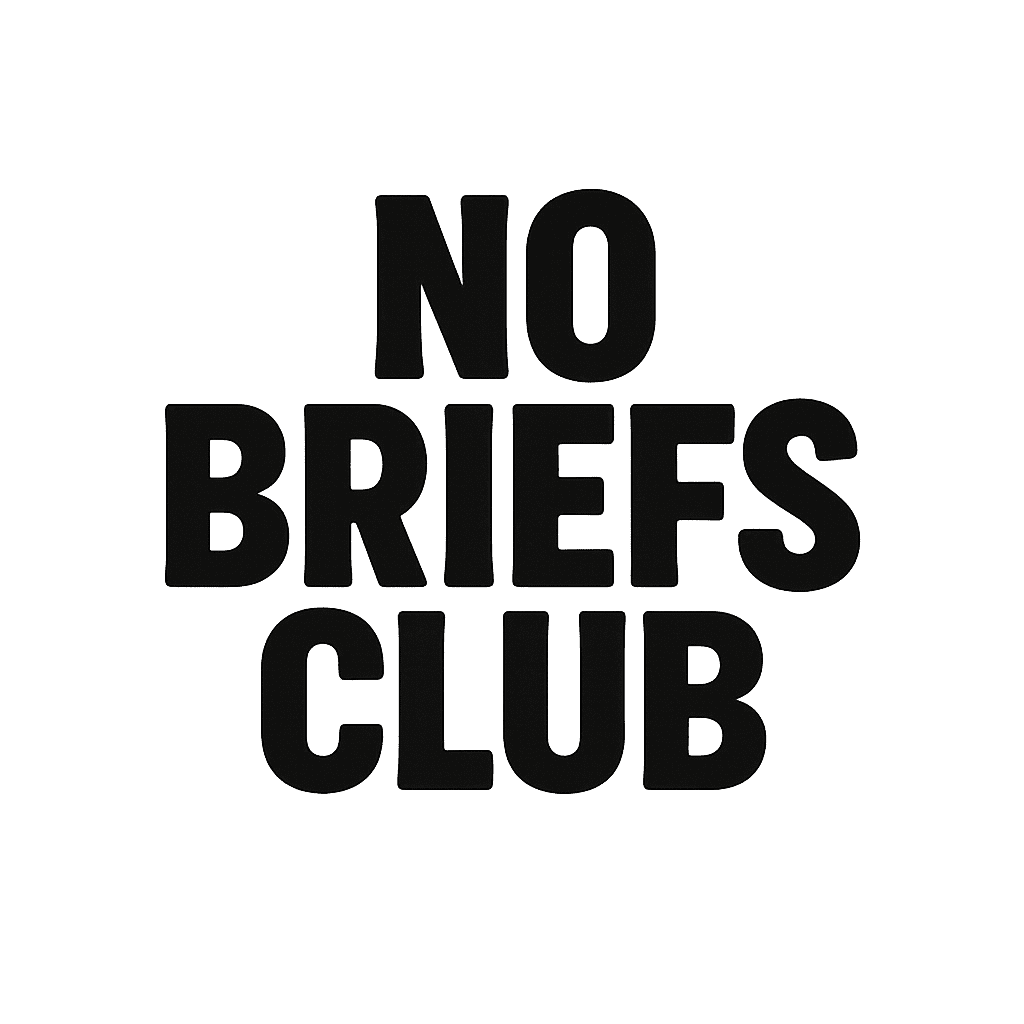In a world where appearances often speak louder than words, fashion has become more than mere aesthetics—it’s a powerful tool for expressing identity, defying expectations, and making political statements. Rebellious fashion, in particular, stands as a bold declaration against societal norms, authority, and cultural constraints. When individuals dress unconventionally, they are engaging in a silent but impactful protest—a war cry articulated through fabric, color, and style that challenges the status quo and asserts personal freedom.
Making a Statement: How Rebellious Fashion Challenges Norms
Rebellious fashion serves as a direct challenge to societal standards that dictate what is acceptable or “appropriate” attire. It pushes boundaries by blending or discarding traditional notions of beauty, gender roles, and class distinctions. For instance, punk-rock aesthetics with their unconventional hairstyles, leather jackets, and distressed clothing initially emerged as a form of protest against political and social oppression, transforming personal style into a symbol of resistance. It’s a visual language that confronts the mainstream, asserting that individual expression is more important than fitting into pre-set molds.
By defying conventional fashion rules, rebellious dressing also questions authority figures and institutions that enforce strict dress codes. This can be seen in subcultures like goths, skaters, or anarchists, who use their distinctive looks to criticize societal expectations. When someone wears combat boots paired with rebellious slogans or adopts a gender-neutral wardrobe, they are fundamentally challenging the norms that seek to control and categorize. Their attire becomes a form of protest, amplifying voices that often go unheard in the face of conformity.
Furthermore, rebellious fashion often sparks broader conversations about freedom, equality, and personal autonomy. It empowers marginalized groups, giving them a platform to showcase their dissent and reshape cultural narratives. By making bold fashion choices, individuals assert that their identity and beliefs are valid, regardless of societal pressure. In this way, dressing rebelliously doesn’t just make a personal statement—it becomes a collective act of defiance that questions and dismantles oppressive norms.
Clothing as Resistance: Expressing Identity and Defiance Through Style
Clothing has long been a symbol of identity, serving as a canvas to communicate affiliations, beliefs, and emotions. When people choose rebellious styles, they are intentionally using their wardrobe as an act of resistance—asserting their individuality and standing against dominant cultural narratives. Every torn shirt, safety pin, or unconventional accessory becomes a statement of non-conformity, a way of saying “I am different, and I refuse to be silenced.” This deliberate choice transforms everyday dressing into a form of activism, where style becomes a language of protest.
In many contexts, rebellious fashion is a means of reclaiming power for oppressed or marginalized groups. For example, LGBTQ+ communities have historically used provocative clothing and accessories to challenge heteronormative standards and highlight issues of acceptance and equality. Similarly, protest movements often adopt distinctive attire—like the black bloc tactics during demonstrations—to create a visual identity that symbolizes unity and resistance. These sartorial choices serve as a shield and a sword, protecting personal identity while simultaneously challenging oppressive structures.
Beyond personal expression, rebellious fashion fosters community and solidarity. It allows individuals to connect with others who share their views and experiences, creating a sense of collective resistance. Wearing clothing that defies mainstream expectations signals to the world that one refuses to accept societal injustices quietly. It’s a form of storytelling—an outward manifestation of inner convictions that transforms the act of dressing into a powerful statement of defiance, resilience, and hope for change.
Fashion as a war cry exemplifies how style can transcend aesthetics and serve as a potent form of political and personal expression. Rebellious dressing challenges societal norms, questions authority, and reclaims individual identity, turning everyday clothing into a weapon of resistance. As each bold choice conveys a message of defiance and resilience, it reminds us that fashion is not just about looking good—it’s about standing up, speaking out, and making a statement that echoes far beyond the wardrobe.
